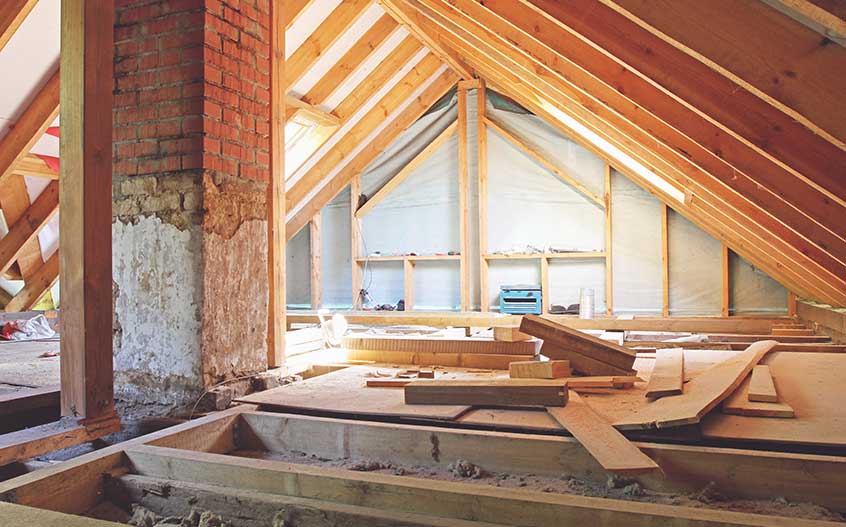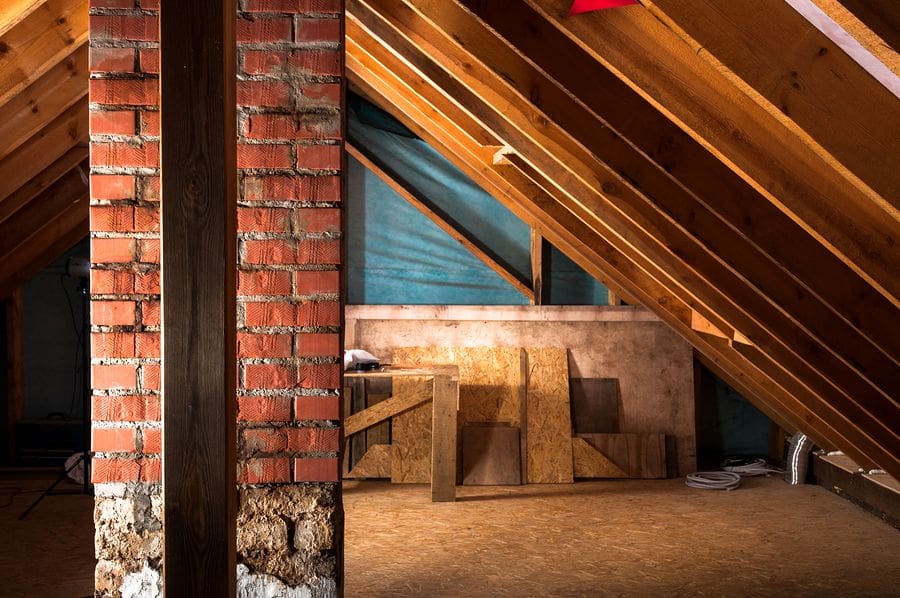Putting R30 In An Attic

For loose fill cellulose this translates to a total depth ranging from 8 inches.
Putting r30 in an attic. Make sure you use an unfaced batt one without a paper or foil layer so the insulation does not trap moisture in the ceiling. Better than spray foam thermal break and relatively consistent r 30. I ve always said adding insulation to your attic is some of the best money you can spend to make your house more energy efficient but whether to use faced or unfaced insulation is a great question. In temperate coastal areas such as zone 3 attic insulation of at least r30 up to a maximum of r60 is recommended.
Find your zone on the map and then use the chart to determine the level of insulation you need to properly insulate your attic walls floors and crawlspaces. The attic is the easiest place to add insulation to improve your comfort and the energy efficiency of your home. Here s how to use 3 layers of 2 inch polyiso foam board to meet code and keep your ne. Achieving greater r values in attics the higher the r value the better the thermal performance of the insulation.
Existing 3 4 inches of insulation. Wear a long sleeve shirt gloves eye protection and a dust mask. Now here s a situation where a homeowner what looks like many years ago added insulation they added a three inch layer but. I would highly recommend a vented roof if you plan to use a metal through fastener roof like r or u panel which is extremely common in texas.
Recommended insulation levels for retrofitting existing wood framed buildings. I installed r30 rock wool batts in my rafter bays with a vented roof and conditioned attic space.














































